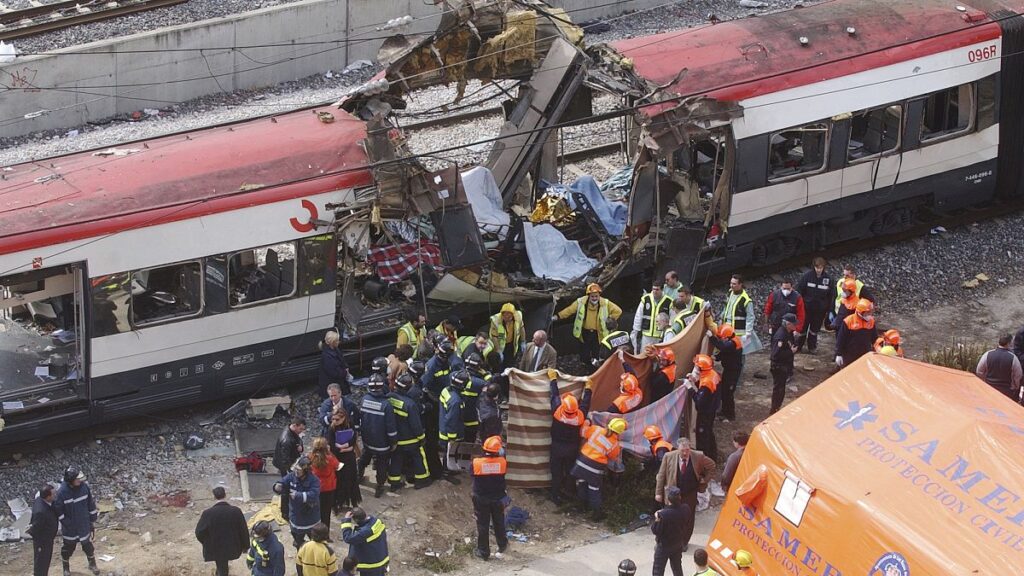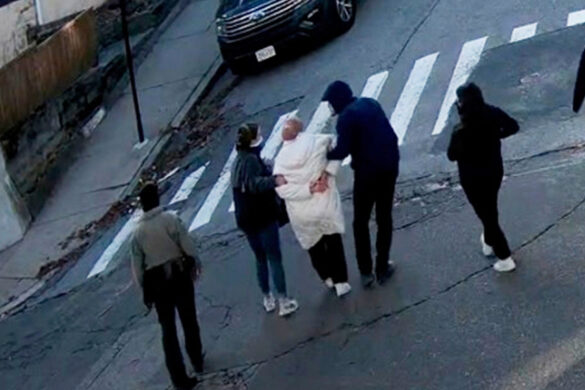On March 11, a terrorist attack left 191 dead and 1,800 injured in Madrid. These attacks led to a significant change in the European counterterrorism response.
On March 11, 2004, a series of explosions rocked commuter trains at the entrance to Atocha station in Madrid, killing 191 people and injuring 1,800. It is to date the largest jihadist attack perpetrated on European soil… Twenty years later, the events of that day are still alive in the memory of the victims and all of Spanish society.
“It’s a day that will never fade from my memory. I could tell minute by minute what happened that day. And the final summary is that my brother was murdered on the Santa Eugenia train” declares Alejandro Benito, brother of one of the victims of March 11, president of the Rodolfo Benito Foundation.
“The attacks of March 11, 2004 were the first blow to Islamist terrorism on European soil. It was Europe’s awareness of the jihadist threat that led to a significant change in the European anti-terrorism response. We spoke with Professor Luis de la Corte Ibáñez, expert in national and international security at the Autonomous University of Madrid.”
He recalls that Europe took time to react: “the European Union only adopted a common counterterrorism strategy in 2005, in direct response to the Madrid attacks and subsequent London attacks in 2005.”
According to Professor Luis de la Corte Ibáñez, the common European response has been crucial in confronting jihadist threats over the past two decades: “the first obvious change is that in addition to the awareness of the problem and as a result of this awareness, many more resources have been provided to the security forces and intelligence services which have been used to deal with to the threat.”
Twenty years later, the tribute to the victims recalls the consequences of extremism and the need to remain vigilant in the fight against terrorism.




